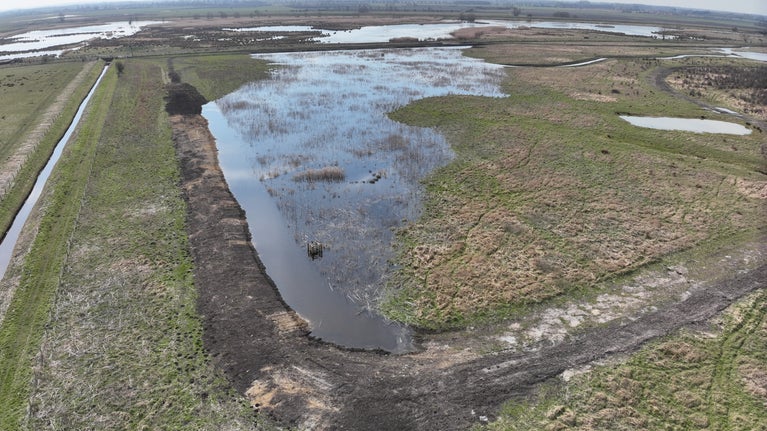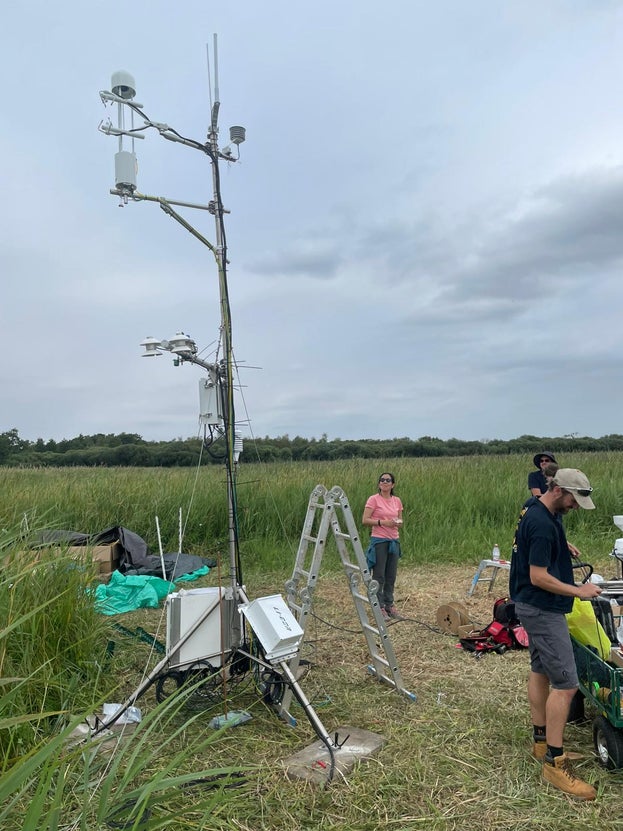Peatlands are earth's largest terrestrial carbon store, holding more than twice the amount of carbon than all the world's forests. The East Anglian Fens once covered a huge area of 3,800 square kilometres of deep peat, before being widely drained in the 17th century. Wicken Fen constists of one of the last remaining fragments of undrained fenland, of which only 1% remains, making the nature reserve a unique haven and one of the last refuges for a host of fenland species dependent on the peatland soils.
Without action, most remaining peat in the Fens could be lost within 30 years, emitting harmful carbon as it degrades. Across Wicken Fen, a project is afoot to restore peat, retaining rainwater and managing water tables. Keeping peatlands in a healthy, saturated state enables them to store carbon, help control flooding, reduce wildfire risk and drought, and provide important habitat for rare wildlife including waterbirds.
Project partners
This £2 million project is predominately funded through DEFRA’s 'Nature for Climate' Peatland Grant Scheme (NCPGS) managed by Fens East Peatland Partnership (FEPP) lead partner; Lincolnshire Wildlife Trust, with match funding from grants, philanthropy and corporate partners including Starling Bank and Anglian Water.















